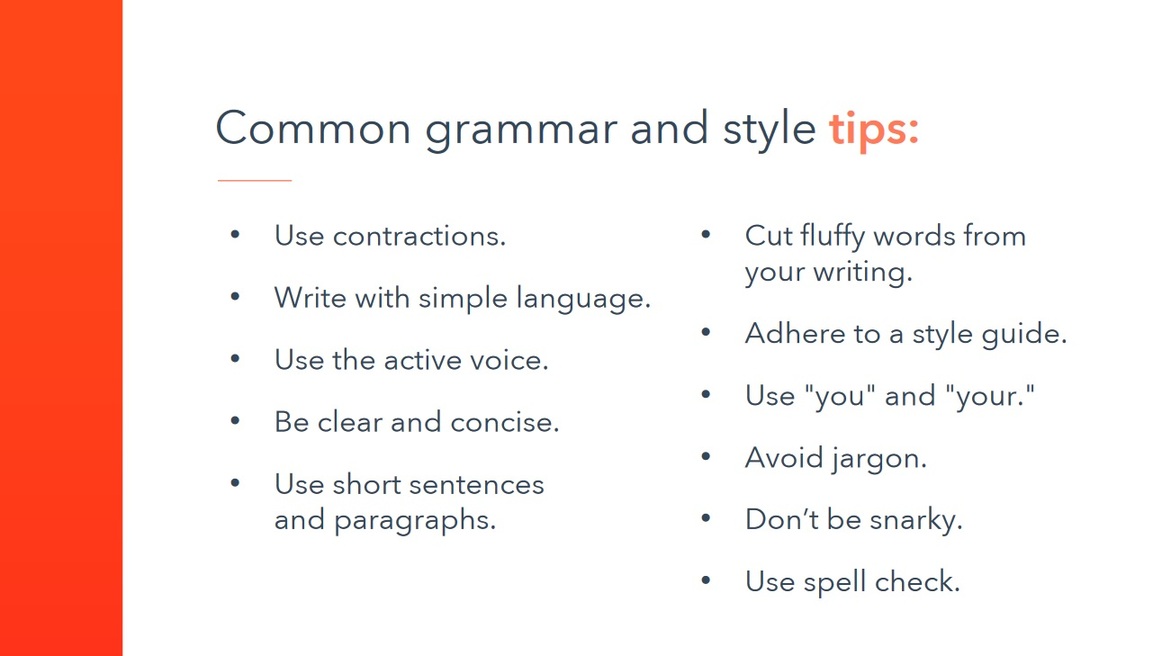Content Marketing Strategies: A Guide to Creating Quality Content
- Home
- Content Marketing Strategies: A Guide to Creating Quality Content
Determining content direction and topic using a well-thought-out strategy is critical to creating quality blog content for any digital marketing campaign. It starts with determining your content direction, which means finding topics that interest your audience and align with your business goals.
Identifying Potential Topics
To find potential topics, understand what matters to your target audience. What are their pain points? What solutions do they need? Use Google Trends, review your social media strategy, or customer feedback surveys to gather insights about trending discussions in your industry.
Aligning Blog Topics with Business Goals
Your chosen topic should be relevant and contribute to achieving your company's growth targets. For example, if you're expanding into a new market segment, write blogs addressing concerns specific to that demographic. If increasing brand awareness is a priority, focus on topics showcasing unique aspects of your product or service offering.
A well-defined content strategy is built on a content framework that serves as a roadmap guiding all blogging efforts while ensuring consistency across different channels. It helps maintain focus while catering effectively to reader expectations and marketing objectives alike.
Establishing clear directions for blog content creation requires careful consideration of both audience needs and business aspirations - an essential balance necessary for generating impactful results.
Keyword Research for Quality Content

When it comes to creating quality blog content, SEO keyword research plays a crucial role. Gaining insight into the words and phrases used by your intended readers when looking for material relevant to your enterprise is key in forming quality blog posts. Having knowledge of what terms and phrases your target audience looks for when seeking info associated with your company, you can tailor the content to their needs and preferences.
The Importance of Keyword Research
A successful blog post is one that reaches its intended audience. By incorporating relevant keywords into your content, you increase the chances of being found by search engines like Google and Bing. It's not just about getting traffic; it's about attracting the right kind of traffic - those who are genuinely interested in what you have to offer.
You may be wondering how search engine algorithms work. Well, they use complex mathematical formulas called algorithms which consider many factors including the words used on webpages (source). So understanding these mechanisms can significantly improve your online visibility.
Tools for Effective Keyword Research
- Google Keyword Planner: A free tool offered by Google Ads that provides keyword ideas based on actual Google searches.
- Ahrefs Keywords Explorer: A comprehensive SEO toolset that gives detailed insights into why competitors rank where they do.
- SEMrush: An all-in-one marketing toolkit offering competitive intelligence data, including long-tail keywords and phrase matches.
Incorporating effective keyword research strategies will help position your brand as an authority within its niche while simultaneously improving organic reach through improved SEO ranking.
Creating and Structuring Your Blog Post
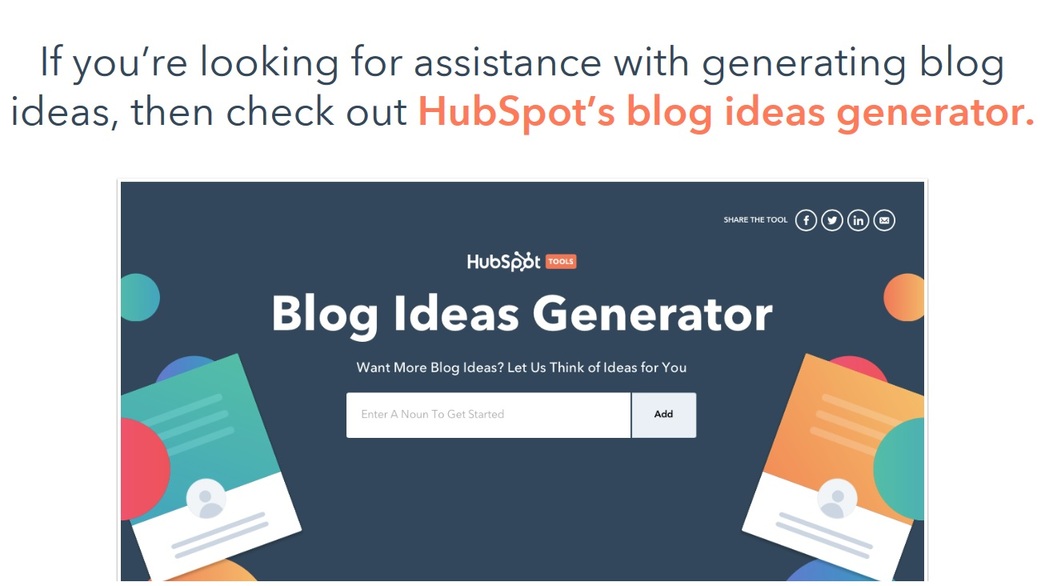
Begin crafting an attention-grabbing blog post by titling it strategically with SEO keywords. Start with a catchy title that includes relevant SEO keywords. Use power words or numbers to make it pop.
Crafting Compelling Working Titles
A great title is key to attracting readers and boosting SEO. Use keywords and power words to make it irresistible.
Tips on Structuring Your Blog Post
Structure your post for easy reading and logical flow. Start with an introduction that hooks the reader, then break down your topic into subheadings. Use bullet lists, infographics, or data charts to make information digestible and appealing.
- Introduction: Provide context or pose a question that piques interest.
- Main Body: Break down your topic into subheadings for easy readability. Each paragraph should focus on one main point.
- Conclusion: Summarize key points and provide actionable steps if possible.
Think of each section as an answer to questions your reader might ask as they delve deeper into the topic. This ensures you're delivering value at every stage of reading while keeping them engaged till the end - improving both user experience and SEO performance.
Incorporating Keywords Naturally in Your Content
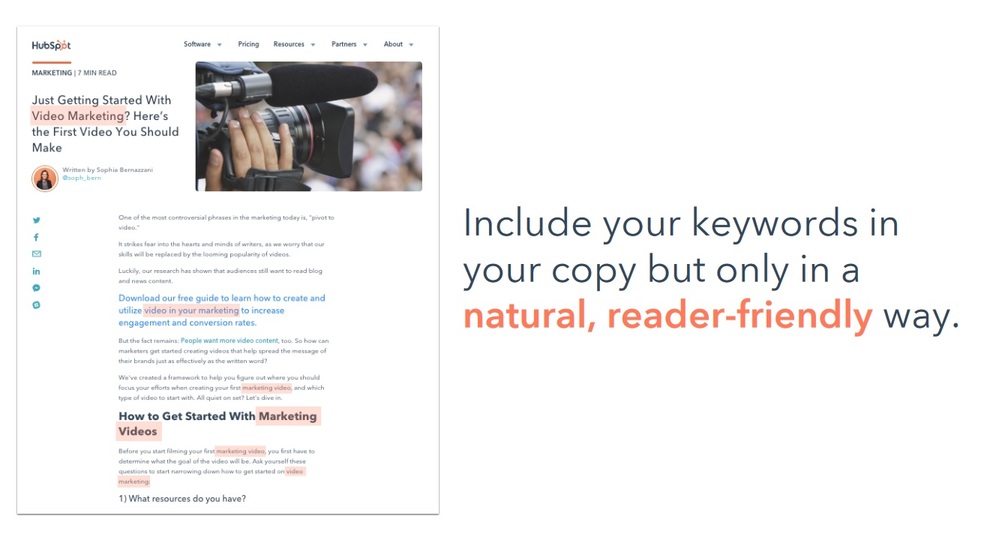
Creating quality blog content isn't just about being informative and engaging. It's also about making sure your content can be found by search engines. This means incorporating keywords naturally into your text. But what does it mean to incorporate keywords 'naturally'?
Balancing Keyword Density in Your Text
The term 'keyword density' refers to the number of times a keyword or phrase appears within a piece of content compared to the total word count. Most SEO professionals recommend that using a keyword or phrase between 1-2% of the total word count is optimal.
But remember, stuffing your post with too many instances of the same keyword could lead to penalties from Google for over-optimization. Instead, focus on using synonyms or related terms throughout your post.
- Use variations: If you're targeting "quality blog content," consider using phrases like "high-quality blog articles" or "top-notch blog posts."
- Leverage long-tail keywords: These are longer and more specific phrases that visitors are likely to use when they're closer to making a purchase or subscribing. For example, instead of "running shoes," use "best running shoes for women with flat feet."
- Semantic Keywords: Google's algorithm uses Latent Semantic Indexing (LSI) which identifies patterns in relationships between terms and concepts within unstructured data. So include semantically related words as well. For instance, if you're writing about "healthy eating," you could include words like "nutrition," "diet," and "wellness."
In essence, the natural incorporation of keywords involves integrating them seamlessly into your text so they don't disrupt the reader experience but still help improve SEO ranking. The goal here is readability first; rankings will follow if you create valuable information around these key topics.
This section of content explains how to naturally incorporate keywords into your blog posts for better search engine optimization (SEO). It emphasizes the importance of balancing keyword density and using variations, long-tail keywords, and semantic keywords.
The goal is to seamlessly integrate these keywords while maintaining readability and providing valuable information around key topics.
Using Visuals and Multimedia Elements Effectively
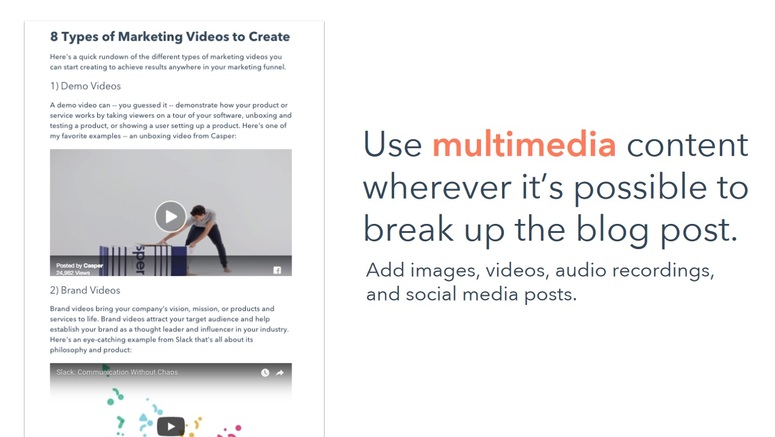
In the digital age, content is not just about words. Visuals and multimedia elements can greatly enhance your blog's appeal and engagement rates. They break up text, making it easier to read, while also providing additional context or information that complements your written content.
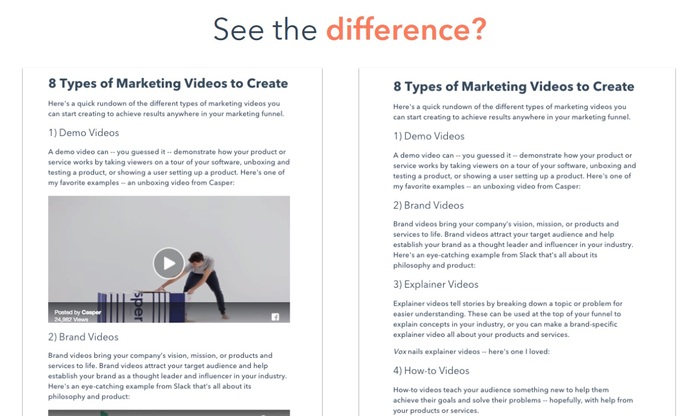
Types of Multimedia Elements for Blogs
- Video Marketing: Great for tutorials or demonstrations.
- Infographics: Ideal for presenting complex data in an easy-to-understand format.
- GIFs & Memes: Perfect for adding a touch of humour or expressing certain emotions.
- Screenshots & Images: Useful when explaining processes step-by-step.
You can create these elements using various online design tools or source them from reputable sites that offer royalty-free media assets like Unsplash.
Benefits of Using Visuals in Blogs
Using visuals in your blogs has numerous benefits. Firstly, they make your posts more engaging by stimulating readers' visual senses alongside the textual information you provide. This leads to increased reader retention rates as users are more likely to stay on pages with interesting visual components than those without any.
Secondly, well-chosen images and other multimedia elements can help improve SEO ranking by enhancing the user experience - a key factor considered by search engines like Google when determining page rankings.
Lastly, visuals add value to your content by offering another layer of understanding for readers who may prefer graphical representations over text-only explanations.
Strategic Use of Links
Links are a valuable asset in the blogosphere, with the potential to enhance site navigation and boost content credibility by referencing authoritative sources. They not only help improve site navigation but also add credibility to your content by referencing authoritative sources. Strategically incorporating internal and external links can significantly enhance the effectiveness of your blog posts.
How to Use Internal and External Links Strategically
Internal links connect different pages on your website, creating a network that's easy for both users and search engines to navigate. By linking relevant articles together, you're encouraging readers to spend more time exploring your content while improving SEO ranking through increased page views.
To implement this strategy effectively:
- Create plenty of high-quality content so there are numerous opportunities for interlinking.
- Add anchor text that accurately describes what the linked page is about.
- Avoid overloading any single post with too many internal links; aim for a balance between providing useful connections and maintaining readability.
External links, on the other hand, direct readers to other websites or resources outside yours. These can be used as references or further reading suggestions, which adds depth and authority to your blog posts. When using external links:
- Select reputable sites as sources - this boosts credibility in the eyes of both readers and Google's algorithm.
- Make sure the external link opens in a new tab so that readers don't lose their place on your site.
- Use descriptive anchor text that accurately reflects the content of the linked page.
Remember: strategic use of internal and external linking doesn't just benefit SEO - it improves user experience too. So, go ahead and link away.
The Power of Image CTAs at the End of Each Post
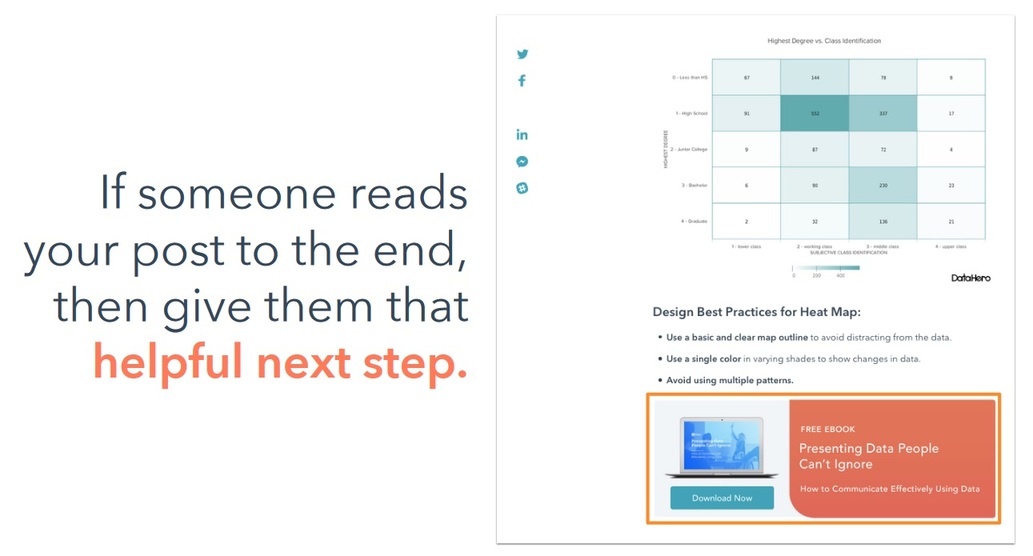
Encouraging readers to take action with the use of call-to-action (CTA) can be a powerful way to direct them towards achieving your desired objectives, such as subscribing to your newsletter or making a purchase. But have you considered using image CTAs in your blog posts? They can significantly increase conversion rates and help achieve your business goals.
Designing Effective Image CTAs
An effective image CTA should be visually appealing and compelling enough to prompt an immediate response from the reader. Here are some tips on designing impactful image CTAs:
- Use clear, concise text: Your CTA's message should be direct and easy to understand. Avoid jargon or complicated phrases.
- Select appropriate images: The chosen image should resonate with the text of the CTA and align with its purpose.
- Incorporate brand elements: Consistency is key in branding. Incorporate colors, fonts, or logos associated with your brand into the design of your CTA.
- Create urgency: Encourage users to take action immediately by creating a sense of urgency through words like "now", "today", or "limited time".
Besides being aesthetically pleasing, an ideal image CTA also needs strategic placement within the blog post for maximum visibility. Placing it at the end of each post ensures that it grabs attention when readers finish consuming content. HubSpot provides excellent examples of effective call-to-actions that you can learn from.
Note: While incorporating image CTAs into every blog post may seem tempting as they drive conversions effectively, overdoing them could lead to 'banner blindness' where users tend to ignore repeated visuals due to familiarity, causing reduced effectiveness. Nielsen Norman Group explains this phenomenon further along with ways to overcome it.
Boost Customer Satisfaction with Live Chat or Chatbot Services
In today's digital age, customers expect quick responses to their inquiries. By implementing live chat services or chatbots on your website, you can provide instant support and improve customer satisfaction levels. Much better than sending out follow-up emails several hours later.
Advantages of Live Chat Services & Chatbots
The benefits of using live chat and chatbot services are numerous:
- Instant Response: Customers receive answers immediately, leading to a better customer experience.
- Cost Savings: Both tools can handle multiple inquiries at once, reducing the need for large customer service teams and saving costs in the long run.
- Data Collection: Every interaction with a visitor is an opportunity to collect data, which can help you understand your audience better and create more targeted marketing strategies.
- Sales Boost: A well-programmed chatbot armed with product knowledge can effectively upsell or cross-sell products, leading to increased sales.
To make the most out of these tools, it's important to program them correctly to provide accurate information and reflect your brand voice. While automation is efficient, having human backup is essential for complex queries that bots may not handle adequately yet.
If implemented correctly, live chats and chatbots can act as powerful engagement tools, enhancing user experience significantly while also driving business growth.
Writing Style for Engaging Readership
Creating quality blog content is not just about delivering information. Writing style is key to engaging readers and retaining their interest. The way you write can significantly impact the engagement and retention of your audience.
Adopting Conversational Tone in Writing
A conversational tone makes your writing more relatable and engaging, leading to an increased reader retention rate and improved SEO ranking. Here are some tips on adopting a conversational style in your blog posts:
- Use Simple Language: Avoid jargon or complex terms that may confuse your readers. Instead, use simple language that everyone can understand easily.
- Create Short Sentences and Paragraphs: Long sentences and paragraphs can be daunting for readers, making them lose interest quickly. Keep things short and crisp for better readability.
- Use Personal Pronouns "You" and "Your": This creates a sense of connection between you (the writer) and the reader as if you're having a one-on-one conversation with them.
You might wonder why these seemingly small changes matter? Well, research shows that using a conversational tone increases user engagement by making the content more relatable to the reader's personal experiences. In addition to this, search engines like Google have evolved over time; they now prioritize websites providing valuable user experience - which includes readable content. So incorporating these practices into your writing style will not only improve user engagement but also boost your website's SEO ranking.
FAQs in Relation to Creating Quality Blog Content
How to Create Quality Blog Content?
Start by aligning your topics with business goals and using keyword research tools to find relevant keywords, then structure your post effectively and incorporate keywords naturally in the text, include visuals and multimedia elements, use links strategically, design effective image CTAs, and consider offering live chat services.
What is Quality Content in Blogging?
Quality content in blogging provides value to readers through informative, engaging material that's well-researched and presented clearly, incorporating SEO strategies like keyword optimization without compromising readability, and utilizing visual aids such as images or videos to enhance understanding.
What Makes a Great Blog Post?
A great blog post offers valuable information that addresses reader needs while being easy to read with short sentences and paragraphs using "you" and "your", incorporating multimedia elements to enhance engagement, strategic link usage to improve SEO ranking, and an inviting conversational tone to increase reader retention rate.
How to Update a Content Piece and Make it High-Quality?
Update old data with current statistics, incorporate new insights on the topic, add fresh visuals like infographics, and improve readability by reformatting text into shorter paragraphs or bullet points, all while keeping active links intact and adding new links to credible sources to back up claims.



